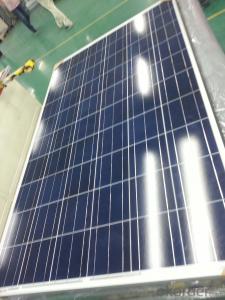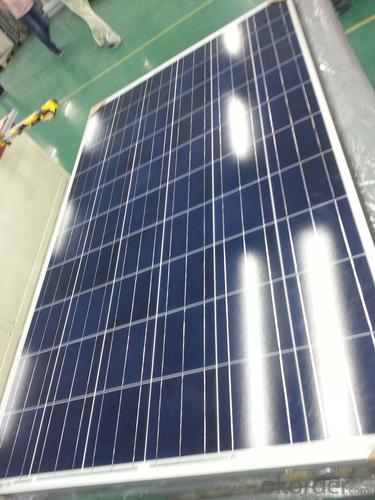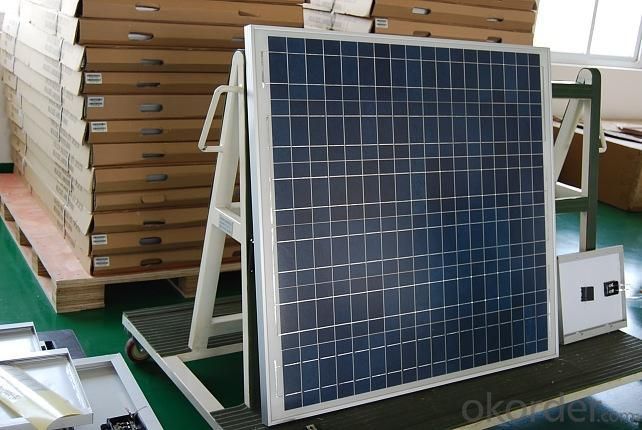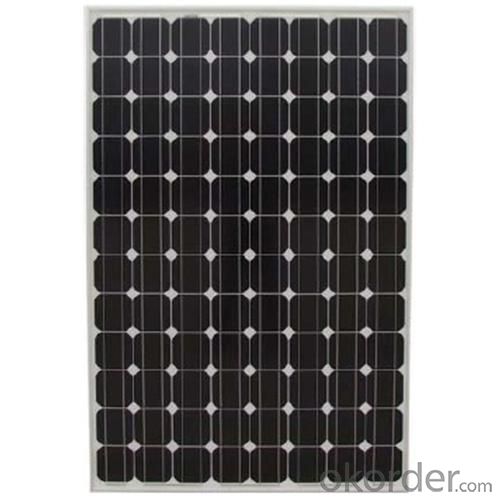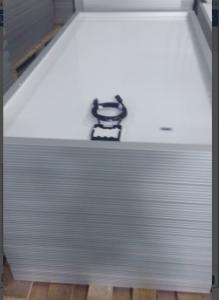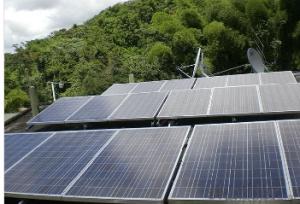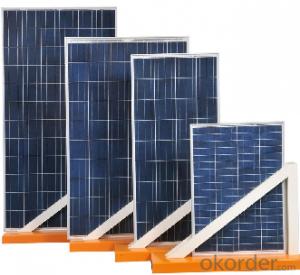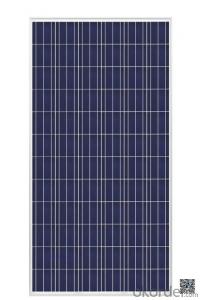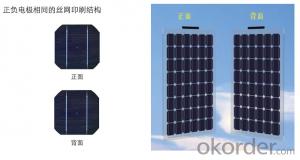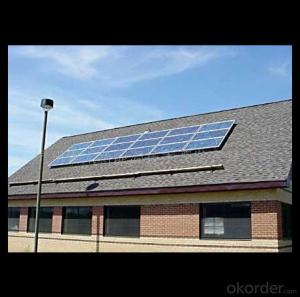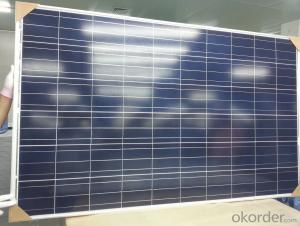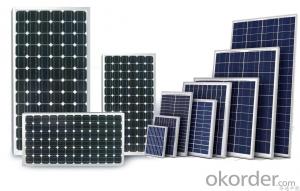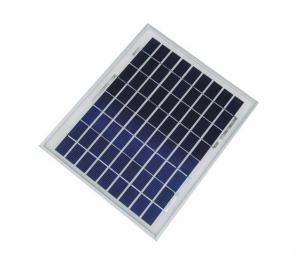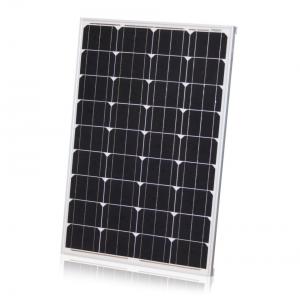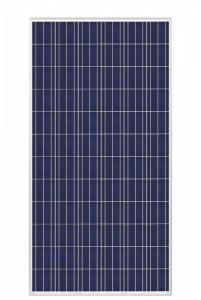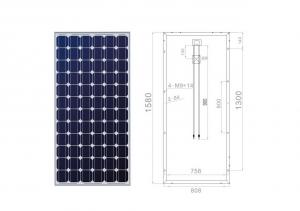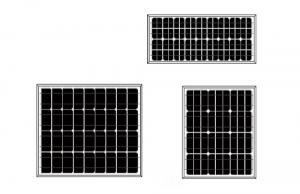Renogy Solar Panels 200w - 290w Poly Solar Panel for Home Use and Power Plant
- Loading Port:
- Shanghai
- Payment Terms:
- TT OR LC
- Min Order Qty:
- 1 watt
- Supply Capability:
- 122333 watt/month
OKorder Service Pledge
OKorder Financial Service
You Might Also Like
Specification
China National Building Material Group Corporation
CNBM International Corporation is a professional solar panel manufacturer in China for CNBM brand . Silicon panel ( silicon module), as our main product, has high quality and good service. Our products are very popular in Europe, Australia, England, Middle East, Mexico, Argentina, Chili, Singapore and Africa.
Furthermore, our products have gained international authorized certificates like TUV, UL and CE.
China National Building Material (Group) Corporation (CNBM), established in 1984, is one of the largest State-owned group corporations of building & mechanical materials which specializes in the design, manufacturing and distribution of building materials in the world.

Solar Panel Product Description
1. Solar panel nominal 12/24v DC for standard output
2. Solar panel encapsulated with high transmission low-iron, 3.2mm tempered glass.
3. Aesthetic appearance and rugged design.
4.Cells are laminated with TPT and EVA ensuring longer life and maximum performance.
5. PV module easy to install.
6. TPT imported from Krempel, Germany.
7. High Solar cell-conversion efficiency of solar cell: up to 21% and stability with guaranteed 3%power output tolerance.
Advantage:
1. Solar panel varied from 3W to 300W with ISO, CEC, TUV, and CE approval, offering the full spectrum sizes to help you more with one-stop buying.
2. Fast shipment.
3. Good quality and competitive price.
4. We offer knowledgeable tech support before and after the sale.
5. Local warehousing and techincal support.
6. Easy Installation & Maintanance.
- Q: Can solar panels store excess energy?
- No, solar panels cannot store excess energy. However, additional equipment such as batteries or energy storage systems can be installed alongside solar panels to store any surplus energy generated for later use.
- Q: How many solar panels would it take to run an electric motor the needs 480 volts and pulls about 45 to 50 amps?
- If you have 480 volts, it might be 3-phase, and not a simple matter of multiplying volts and amps. However, that's in the ballpark of 25 kW, very doable for solar. That's on the high end of a residential installation, but very small for an institutional installation. What will influence the size of the array more is where you are geographically (that is, how much sun you get), and how often the motor runs (that is, how much energy in kWh does it use per day)? 480 volts is nothing to be trifled with. You should really get a power engineer to architect your system.
- Q: i am looking at installing some solar panels and a wind turbine for electricity.has anybody got one of these and how much do they save you?thanks
- A lot depends on location. If you haven't seen other solar panels or wind turbines in your general region, that could be a clue that the area is not really that good for them. The best thing to do is look in the phone book under solar or wind and see if there are local installers. In the event that your area is suitable for both, I think you should choose one or the other, to avoid complexity and extra cost in the system. We have solar electric. It really requires long-term thinking to get such a system, because the up-front costs are large. It will be 5, 0, maybe even 5 years' worth of electric bills that you pay up-front, in a suitable location. After the solar is installed, your electric bills will be lower or near zero, but it's only after that 5-5 years has passed that you actually start saving financially. A professional installer can run the analysis and you can see if the numbers make sense to you.
- Q: How do solar panels affect roof ventilation?
- Solar panels can have both positive and negative effects on roof ventilation. On one hand, solar panels can provide shade to the roof, reducing heat absorption and helping to keep the attic space cooler. This can decrease the need for excessive ventilation and potentially lead to energy savings. However, solar panels can also obstruct the airflow on the roof, limiting the natural ventilation and potentially causing heat buildup. Therefore, it is important to consider the design and placement of solar panels to ensure proper roof ventilation is maintained.
- Q: Can solar panels be used for powering electric boats or marine vessels?
- Yes, solar panels can be used to power electric boats or marine vessels. Solar panels are a sustainable and efficient source of energy that can be used to charge the batteries of electric boats, providing a clean and renewable power source for propulsion. This helps reduce dependence on fossil fuels and minimizes the environmental impact of marine transportation.
- Q: Here's a little idea I though might help everyone out in Iraq a little: How about if the US mass produces solar panels that are small enough to carry (maybe one foot by three feet) that have a regular power outlet on them to the Iraqis? We could send convoys to the people waiting in line to buy gas and give each person one free solar panel. Why?. A lot of people are buying gas to run generators for air conditioning, not to fuel vehicles. 2. It would help reduce the gas lines if people only needed gas for cars instead of their generators too.3. It would help reduce the fighting over the power grid if people didn't need the grid for their own electrical power.My theory is, once every family in Iraq has enough of these panels that they don't even care about the power grid (during the daytime anyway) it would be much easier to fix the power grid. Maybe these solar panels could even connect to and add to the power grid.
- In oil rich Iraq it would be counter productive to take such an initiative. There is already a huge shortage of solar panels. If you drive the price up more, which you're plan would do, It would just set back their growth in the U.S. and other developed oil poor places. This would hurt us a lot more than it would help them.
- Q: Can solar panels be installed on train stations?
- Yes, solar panels can be installed on train stations. In fact, many train stations around the world are adopting solar energy systems to power their operations and reduce their carbon footprint. Solar panels are installed on the roofs or canopies of train stations to harness sunlight and generate electricity, which can be used for lighting, heating, cooling, and other station facilities. This renewable energy source makes train stations more sustainable and helps in the transition towards a greener transportation system.
- Q: Where in the world are solar panels used. If it is used widespread across a continent just say which continent, other than that, just name the country. So where are solar panels used often?
- Solar panels can be used anywhere in the world. The only requirement is that there is sufficient sunlight to power the solar panels and in many developing countries, solar energy is used to heat water.
- Q: Can solar panels be installed on mountain huts or lodges?
- Yes, solar panels can be installed on mountain huts or lodges. In fact, mountainous regions with ample sunlight can be ideal locations for solar panel installations. These panels can harness the sun's energy and convert it into electricity, providing a sustainable and reliable source of power for the huts or lodges.
- Q: I am learning all about heat radiation in Physics. There is a question I am doing about Solar panels. It asks, why do glass covers improve the efficient of solar panels? I dont really understand. How do they?? thanks :D x
- For a solar thermal panel, the idea is to get the inside as hot as possible. There are three ways to lose heat - conduction, convection, and radiation. By cutting off airflow, the glass cover reduces cooling by convection.
Send your message to us
Renogy Solar Panels 200w - 290w Poly Solar Panel for Home Use and Power Plant
- Loading Port:
- Shanghai
- Payment Terms:
- TT OR LC
- Min Order Qty:
- 1 watt
- Supply Capability:
- 122333 watt/month
OKorder Service Pledge
OKorder Financial Service
Similar products
Hot products
Hot Searches
Related keywords
